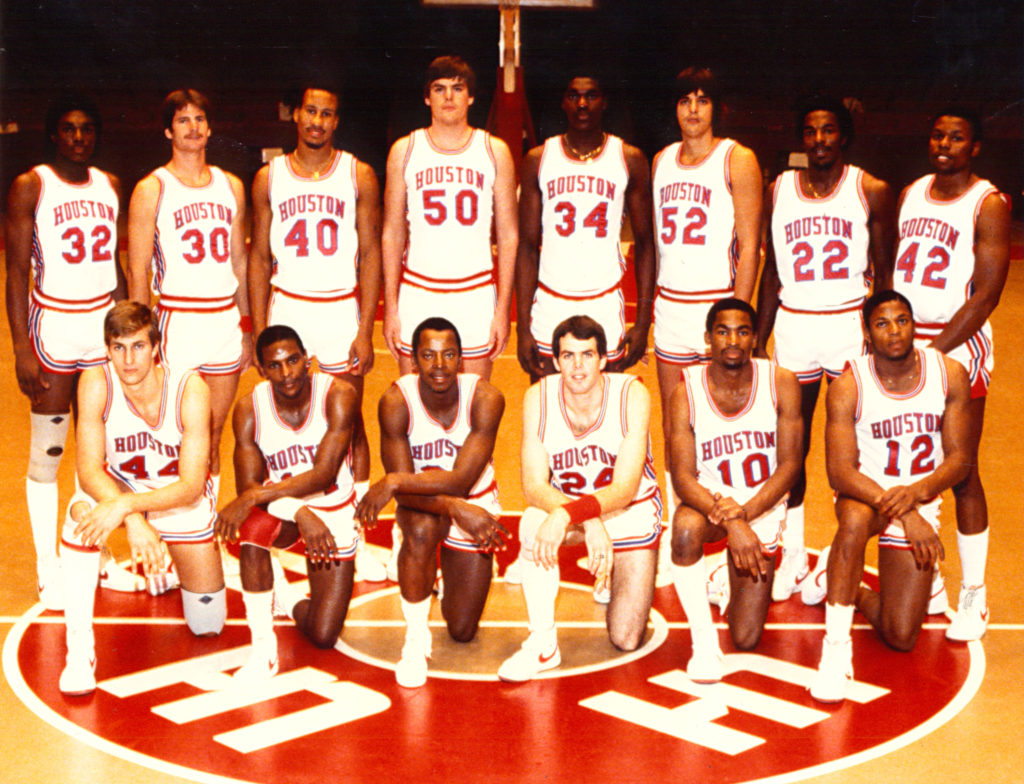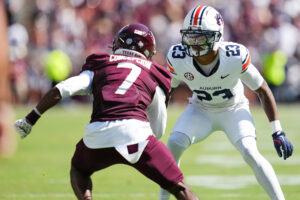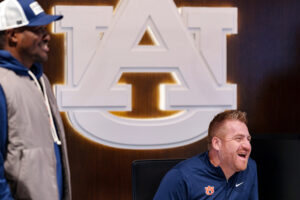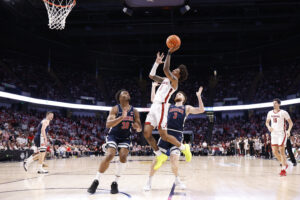March Madness is great, but it’s not perfect.
For the last 40 years, the NCAA tournament has been fine-tuned in a variety of ways. Still, deserving teams are often left out, great teams are bounced, and in the final analysis, the best team doesn’t always win.
Is the NCAA tournament fair to the highest-seeded teams? Should the tournament be structured in a way that rewards the top seeds even more, thereby giving the best clubs the highest likelihood of winning? Why can’t some of the best teams perform to their expectation level in the tournament and who can explain the psychology of a run like Loyola-Chicago put on in the 2018 NCAA’s?
These are important questions.
Since seeding began in 1979, 24 No. 1 seeds have won the tournament, six No. 2 seeds, five No. 3 seeds, one No. 4 seed (Arizona, 1997), two No. 6 seeds (Kansas, 1988 and N.C. State, 1983), and one No. 8 seed (Villanova, 1985).
Here’s a look at the best teams that cannot claim the term “national champion.”
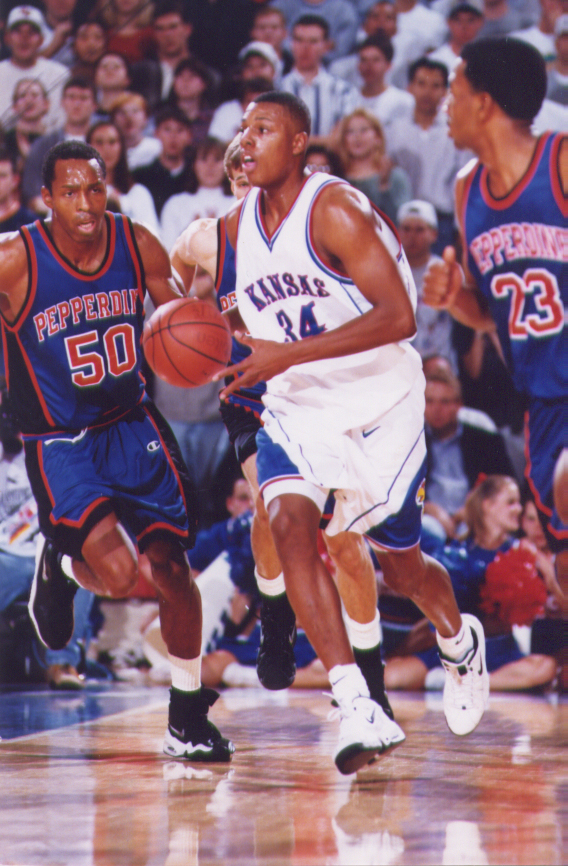
1996-97 Kansas
This Kansas team was absolutely loaded. Jacque Vaughn. Scot Pollard. Paul Pierce. Raef Lafrentz. A No. 1 seed, the Jayhawks rolled into the tournament at 32-1 and were ranked in the top slot for the last 15 weeks of the season.
Coached by Roy Williams, the Jayhawks ran out to a 22-0 mark before losing their lone regular season game at Missouri in double overtime, 94-96.
But in the third round of the tournament—in Birmingham, Alabama, no less—the Jayhawks ran into a buzz saw otherwise known as Lute Olson’s Arizona Wildcats. A four seed, Arizona was only 11-7 in the Pac-10 regular season and 19-9 entering the tournament. But the trio of Miles Simon, Mike Bibby, and Jason Terry caught fire in the tournament and bounced the top-seeded Jayhawks, 85-82.
A quick note: Stanford head coach Jerod Haase and Georgia Tech head coach Josh Pastner played in the Kansas-Arizona game. Haase was a guard for Kansas and Pastner a guard for Arizona.
1990-91 UNLV
Some mistakenly think that the Duke-UNLV II matchup occurred for the national championship, but Duke toppled Jerry Tarkanian’s UNLV Runnin’ Rebels in the semifinals of the 1991 NCAA tournament. And if there was ever a David and Goliath showdown, the 1991 version was it. Like a Mastodon, UNLV stomped into the Hoosier Dome in Indianapolis boasting its sterling 34-0 record, and after a 30-point blowout of the Blue Devils the year prior, few gave little Duke a chance.
Nevertheless, Mike Krzyzewski’s squad pulled off one of the greatest upsets in the history of college athletics, ejecting Larry Johnson and company from the tourney with a 79-77 victory.
With the Duke win, UNLV was denied a chance at repeating as national champions and becoming the first undefeated team since Indiana in 1976.
Said Stacey Augmon of losing: “We went into that game, just like all the other games, expecting to win. It hadn’t happened all year. So when it did happen, it was devastating.”
1998-99 Duke
Cameron Indoor was electric as the 1998-99 version of the Blue Devils ravaged the ACC with an undefeated 16-0 record.
This team had all the components of a champion. The tried-and-true big man, Elton Brand. The shooter, Trajan Langdon. The ball-distributor, William Avery. The swingmen, Corey Maggette and Chris Carrawell. And the small forward who could step out and bomb, Shane “Who’s Your Daddy?” Battier.
After losing to Cincinnati in an early season game, Duke rattled off 35 wins in a row. The team went from 5-1 to 37-1 and beat Michigan State, Kentucky, North Carolina, Maryland, and St. John’s in the process.
Duke crushed its first four opponents in the tournament, and the Blue Devils appeared on their way to yet another title for Coach K. But Jim Calhoun’s UConn team, led by Richard “Rip” Hamilton and Khalid El-Amin, had other plans. The Huskies defeated the Blue Devils, 77-74, in the national championship game at Tropicana Field in Tampa.
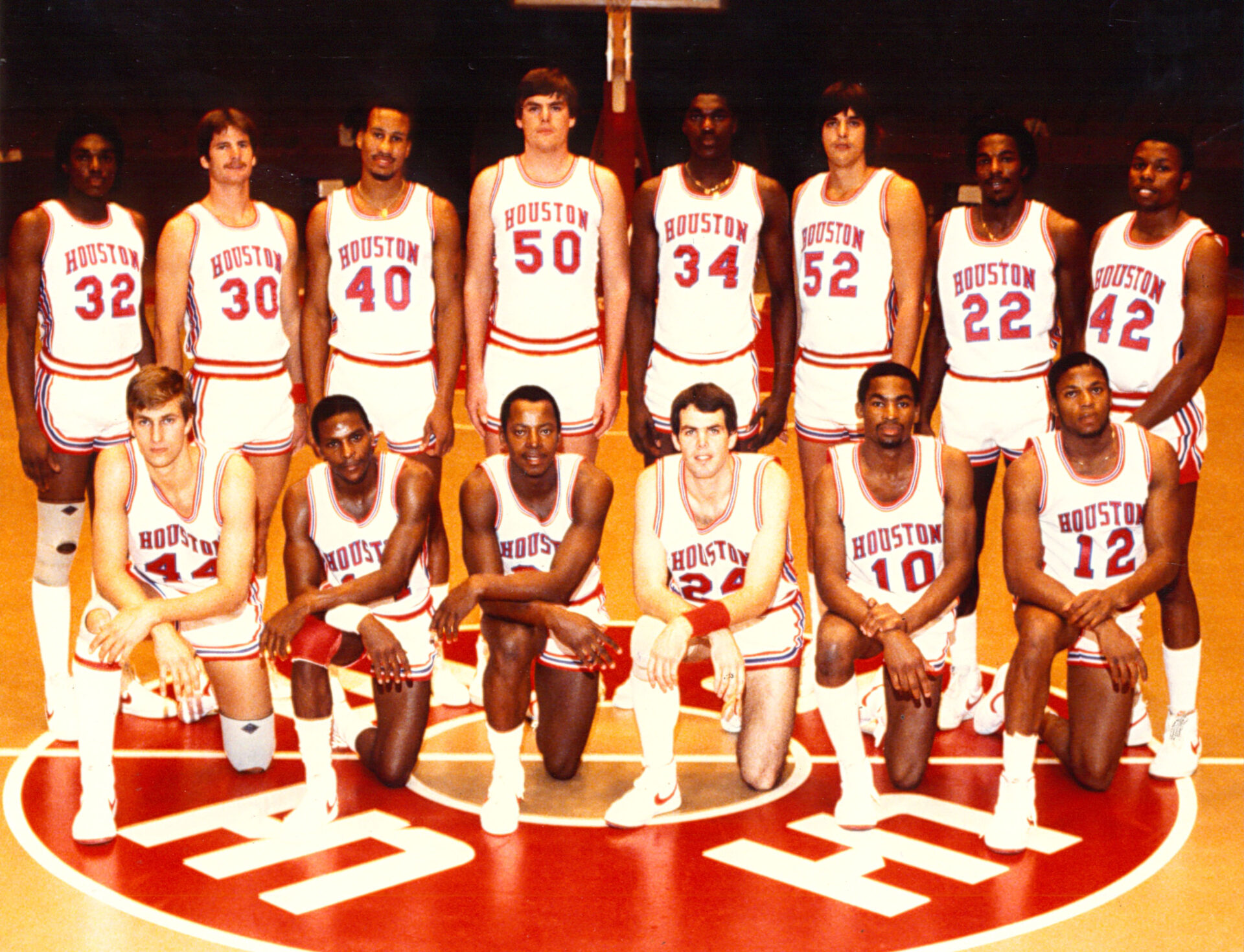
1982-83 Houston
Have you seen the compelling ESPN 30 for 30on Houston entitled “Phi Slama Jama?”
If you have, you know that Houston was more than just Clyde Drexler and Akeem Olajuwon. Junior forward Michael Young was the team’s leading scorer at 17 points per game, Larry Micheaux brought 13 points and 8 rebounds of his own to the floor, and Benny Anders, though he only averaged 5 points per game, added swagger and athleticism to the dunking fraternity.
The Cougars, coached by Guy Lewis, were undefeated in the Southwest Conference and defeated Maryland, Memphis, Villanova, and Louisville in succession to face Jim Valvano’s red-hot N.C. State Wolfpack in the title game, held that year in Albuquerque.
Itwas a tale of two vastly different paths to the championship. The Cougars were riding a 26-game winning streak, while the Wolfpack had to win the ACC Tournament just to get in the “Big Dance.”
In the championship game, Olajuwon pumped in 20 and Anders added 10, but the Cougars could not contain the combination of Dereck Whittenburg and Thurl Bailey, who combined for 29 points and 10 rebounds for the Wolfpack. Drexler and Young were collectively 4-of-15 shooting with 10 total points between the two scorers.
Houston lost again the next season to Georgetown, who featured a 7-footer of its own, Patrick Ewing.
Although the Cougars came awfully close to winning the tournament two seasons in a row, since then the team has never been able to replicate that same magic, and a national championship banner remains missing in southeast Texas. H&A

